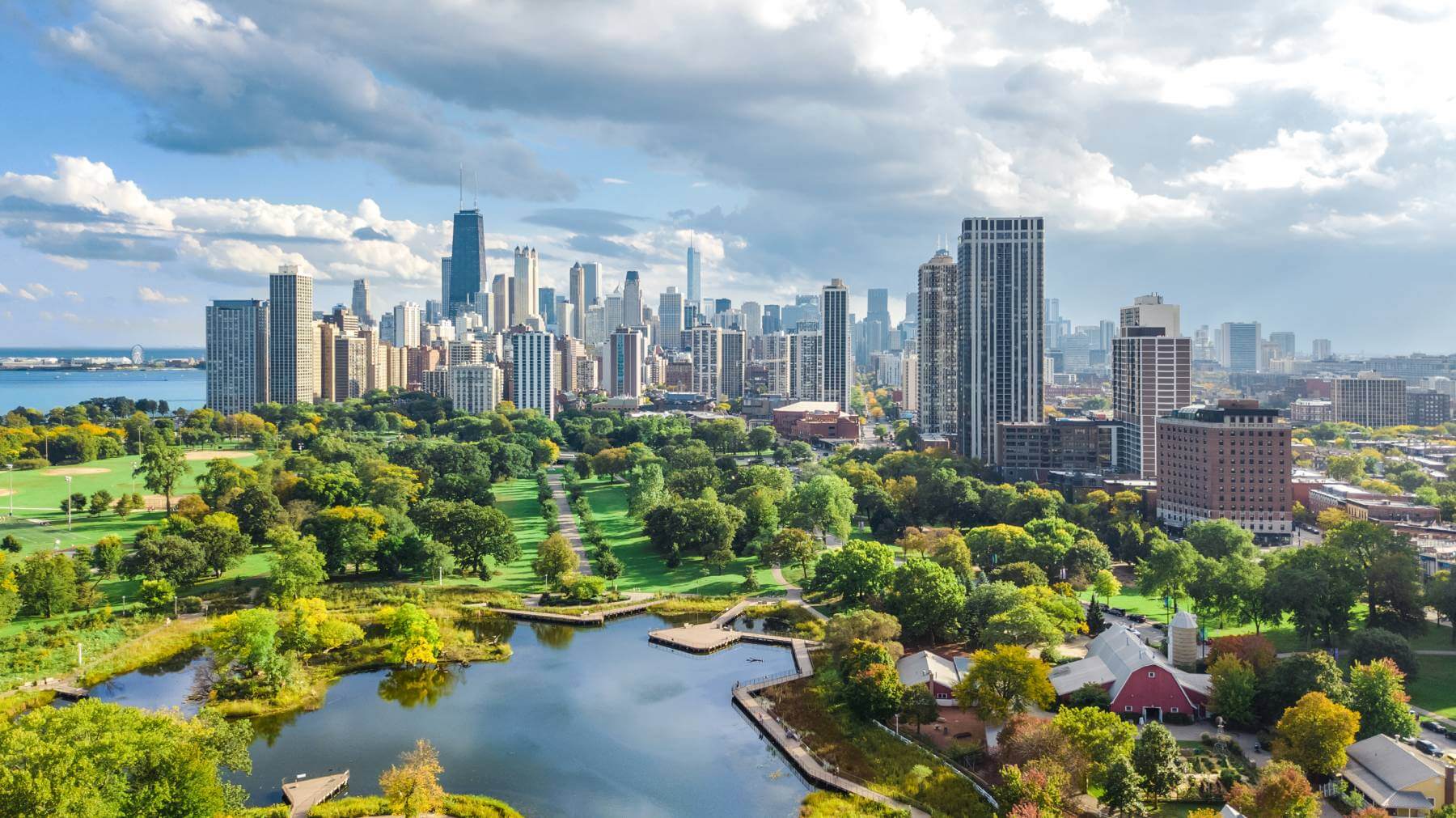The concept of green cities is gaining momentum as urban areas strive to balance environmental sustainability with economic growth. In 2024, various initiatives and reports highlight the progress and challenges faced by cities worldwide in their transition to greener urban environments.
Top Green Cities of 2024
- Oslo, Norway
- Green Coverage: 72.5% of the city is covered by greenery or eco-friendly buildings.
- Renewable Energy: 81.8% of its energy comes from renewable sources.
- Goals: Aims to reduce carbon emissions by 95% by 2030 and has a high density of electric vehicles.
- San Francisco, USA
- Recycling Rate: 78%, with a commitment to net-zero emissions by 2040.
- Renewable Energy: Comprises 84% of total energy consumption.
- Green Space: Only 13% green space, but strong in recycling efforts.
- Copenhagen, Denmark
- Carbon Neutrality Goal: Aims for carbon neutrality by 2025.
- Renewable Energy: Uses 83% renewable energy.
- Recycling Target: Plans to increase recycling rate from 45% to 70% by the end of 2024.
- Helsinki, Finland
- Public Transport Rating: Scored 94 out of 100 for its public transport system.
- Green Infrastructure: 62% of infrastructure is designed to be environmentally friendly.
- Emission Goals: Targets net-zero emissions by 2040.
- Sydney, Australia
- Air Quality: Has the cleanest air among major cities.
- Green Space: Comprises 46% parks and green areas.
- Ambitious Goals: Aims for a renewable energy share of 50% by 2030 and net zero by 2035.
Financial Investments in Urban Nature
A recent report from the United Nations Environment Programme emphasizes the need for increased investments in urban nature, proposing that financing for nature-based solutions (NbS) should rise from $200 billion to $542 billion by 2030. This funding is crucial for cities to effectively tackle climate change and biodiversity loss while enhancing urban resilience.
Challenges and Opportunities
Urbanization presents both challenges and opportunities for green city initiatives:
- Cities are responsible for approximately 70% of global CO2 emissions, necessitating urgent action towards sustainability.
- The integration of smart technologies and sustainable practices is essential for optimizing energy consumption and reducing environmental impact in both developed and developing cities.
- Public-private partnerships are highlighted as vital for fostering innovation and sustainable urban development, allowing cities to leverage resources effectively.
Conclusion
The state of green cities in 2024 reflects a growing commitment to sustainability through innovative practices and ambitious goals. While leading cities like Oslo and San Francisco set benchmarks, the global community must work collaboratively to address the financial, social, and environmental challenges that remain. The ongoing dialogue at forums such as the Future Green City World Congress will play a crucial role in shaping the future of urban sustainability.

